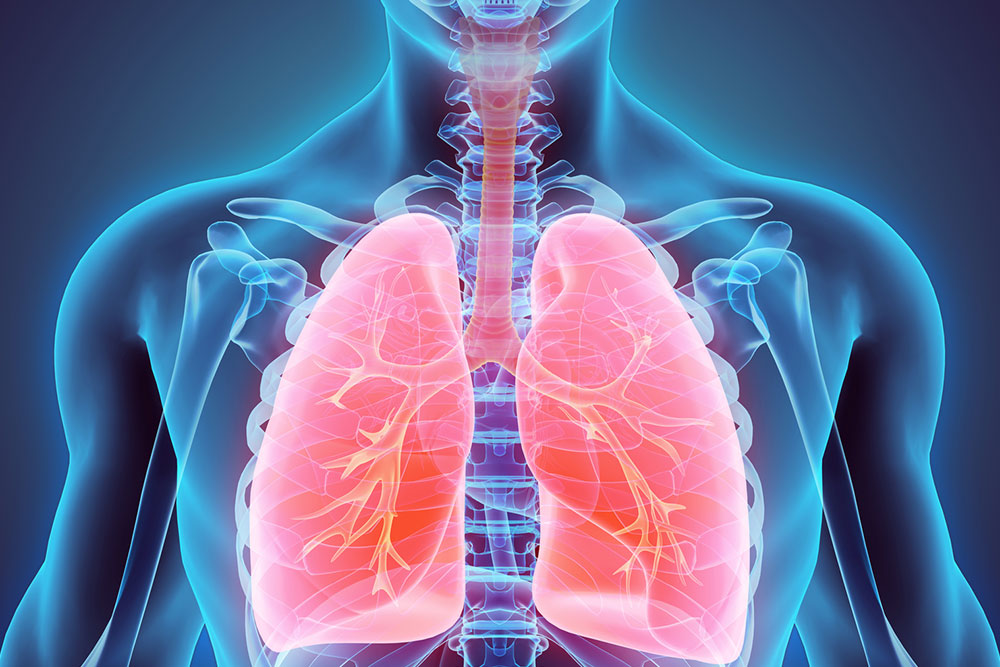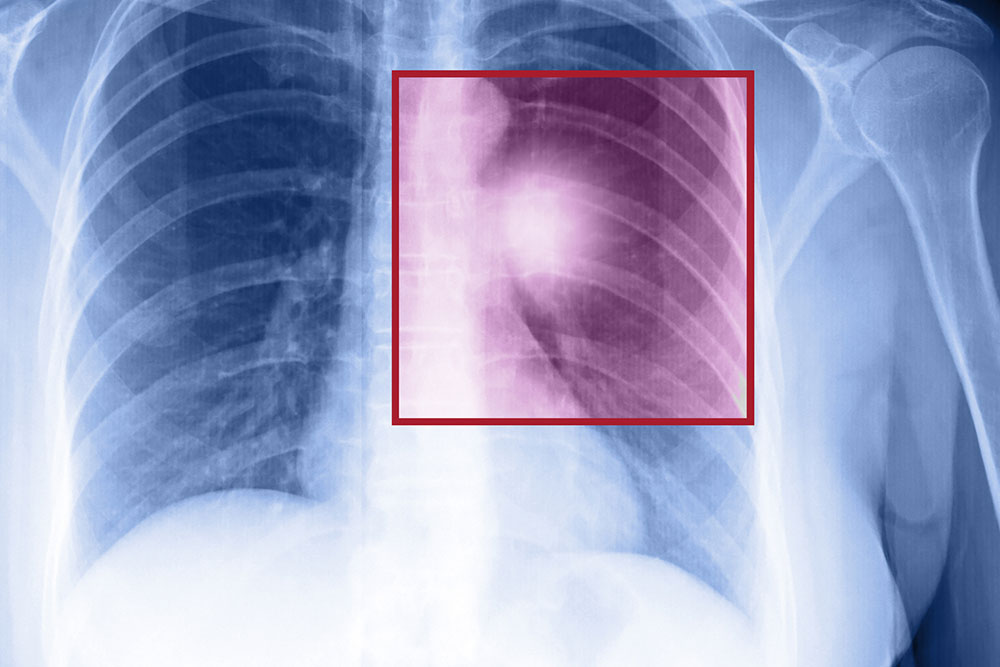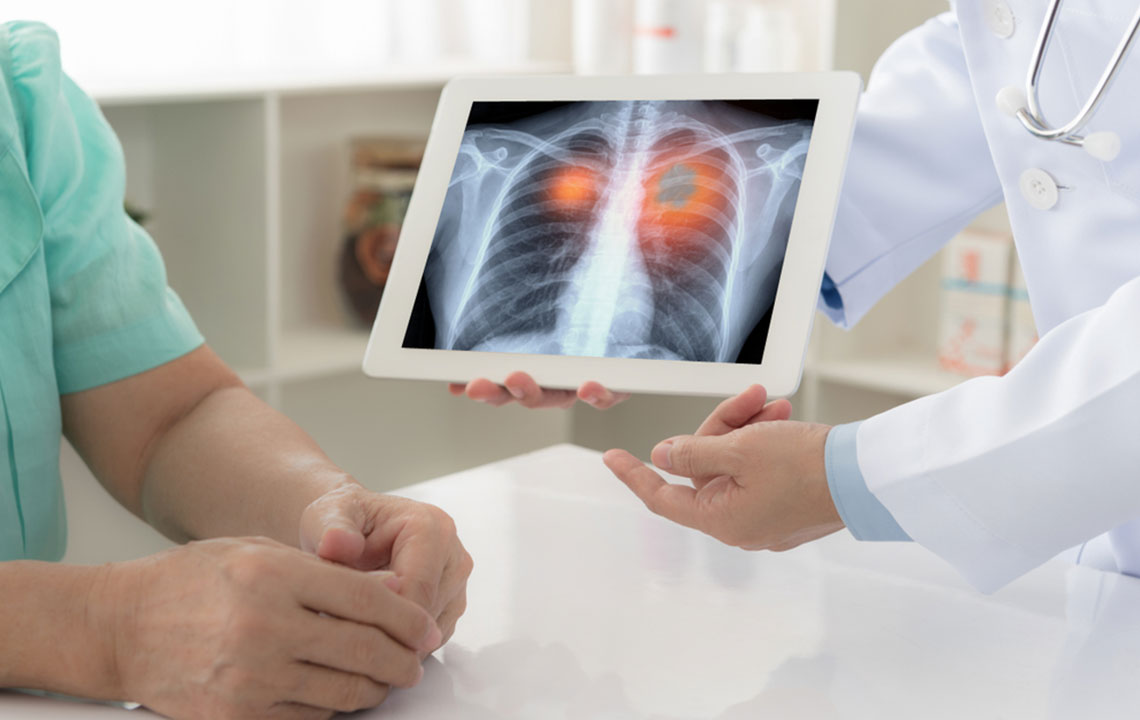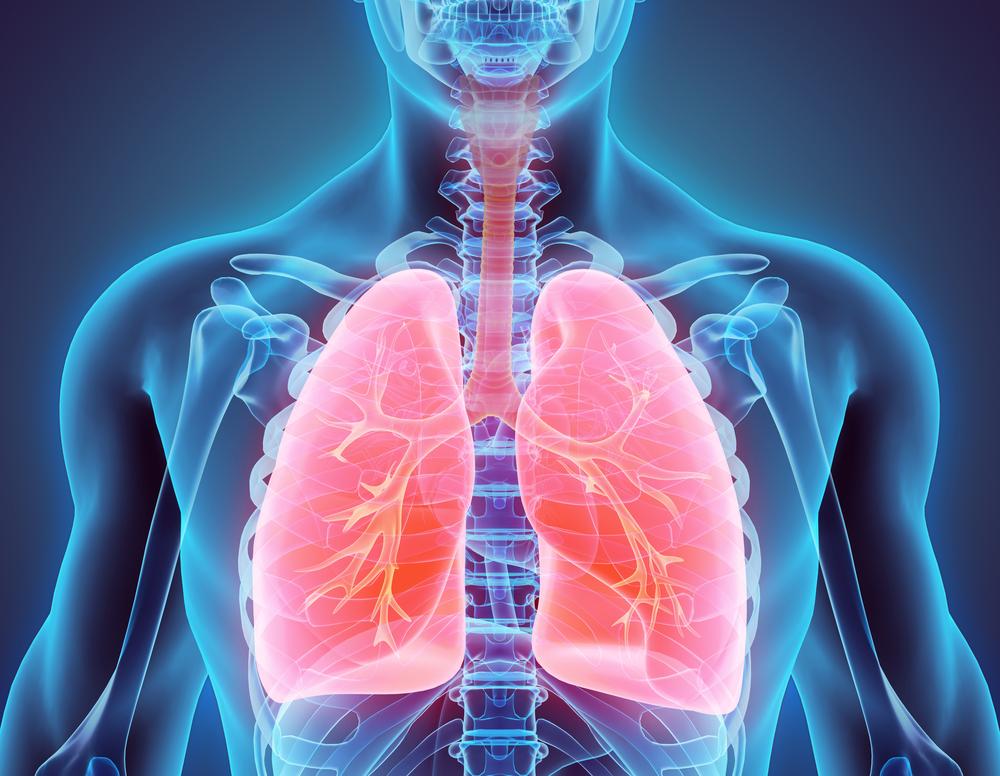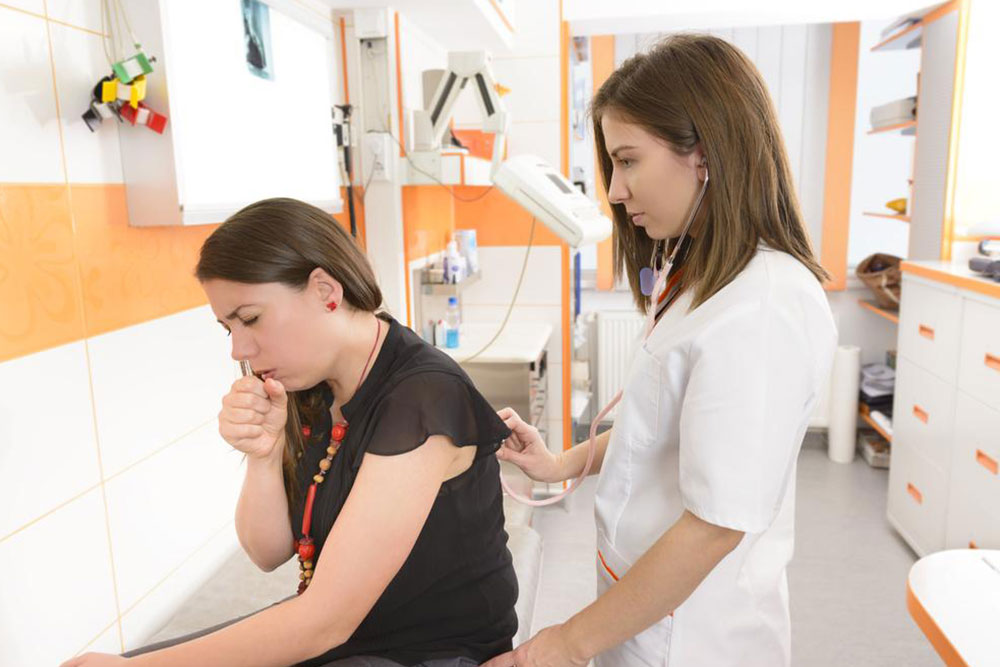Essential Insights into Non-Small Cell Lung Carcinoma
Learn key facts about non-small cell lung carcinoma, including symptoms, diagnosis, treatment options, and ongoing research efforts. Early detection and professional care are essential for effective management of this common lung cancer type.
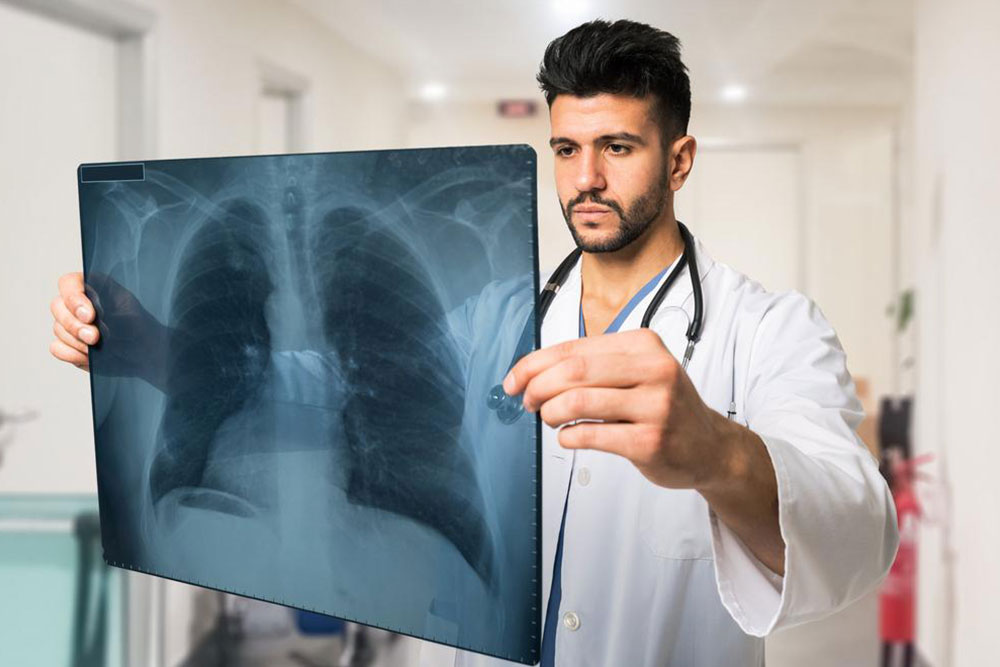
Essential Insights into Non-Small Cell Lung Carcinoma
Non-small cell lung carcinoma (NSCLC) accounts for approximately 80% of lung cancer cases and affects both smokers and non-smokers. The main types include adenocarcinoma, squamous cell carcinoma, and large cell carcinoma. Accurate diagnosis and professional medical supervision are vital for effective treatment planning. Recognizing symptoms like persistent cough, weight loss, chest pain, fatigue, shortness of breath, wheezing, and blood in sputum can lead to earlier detection. Diagnostic procedures involve blood tests, physical exams, chest X-rays, and advanced imaging studies. Treatments may include surgery, radiation therapy, chemotherapy, or targeted therapies, often within clinical trial settings to explore new options. Surgery options such as lobectomy or pneumonectomy aim to remove affected tissue, while radiation techniques help control tumor growth. Medications, primarily chemotherapy drugs, form part of the treatment regimen. It’s crucial to seek medical advice, as alternative therapies are supportive but not curative. Ongoing research continues to improve diagnostic accuracy and treatment outcomes for NSCLC patients.

